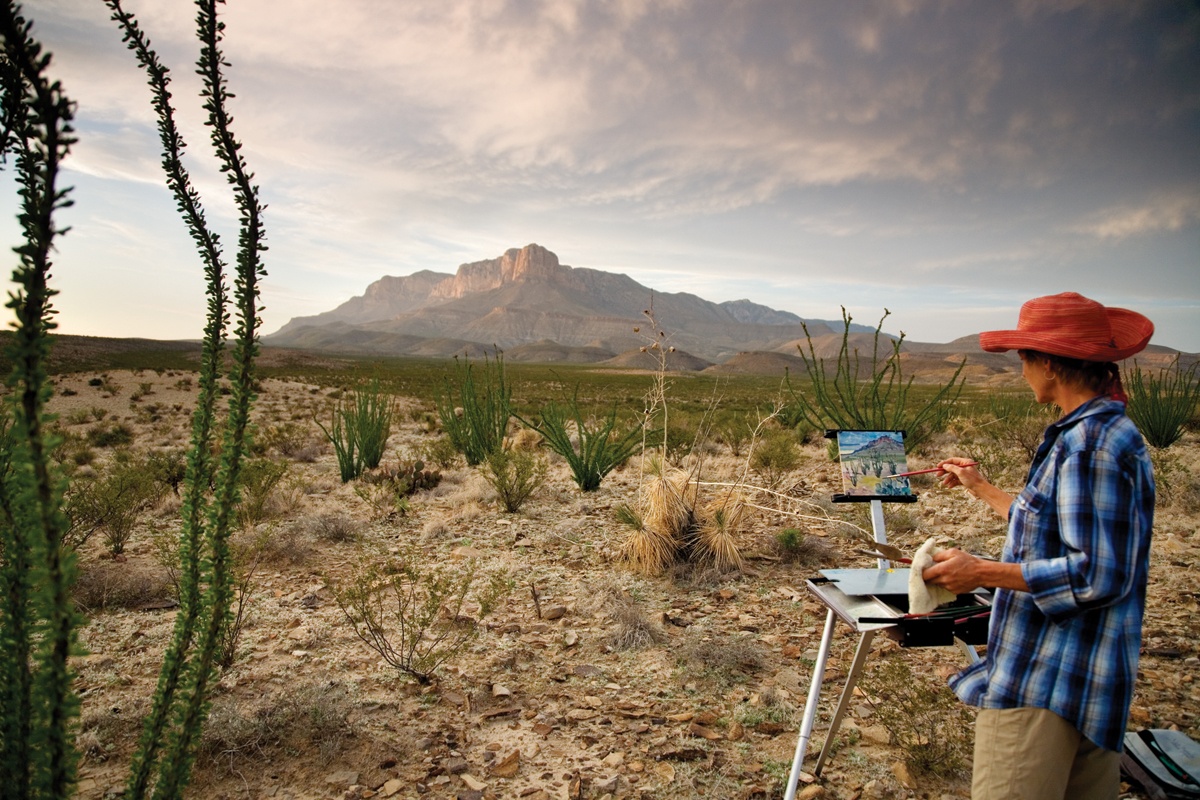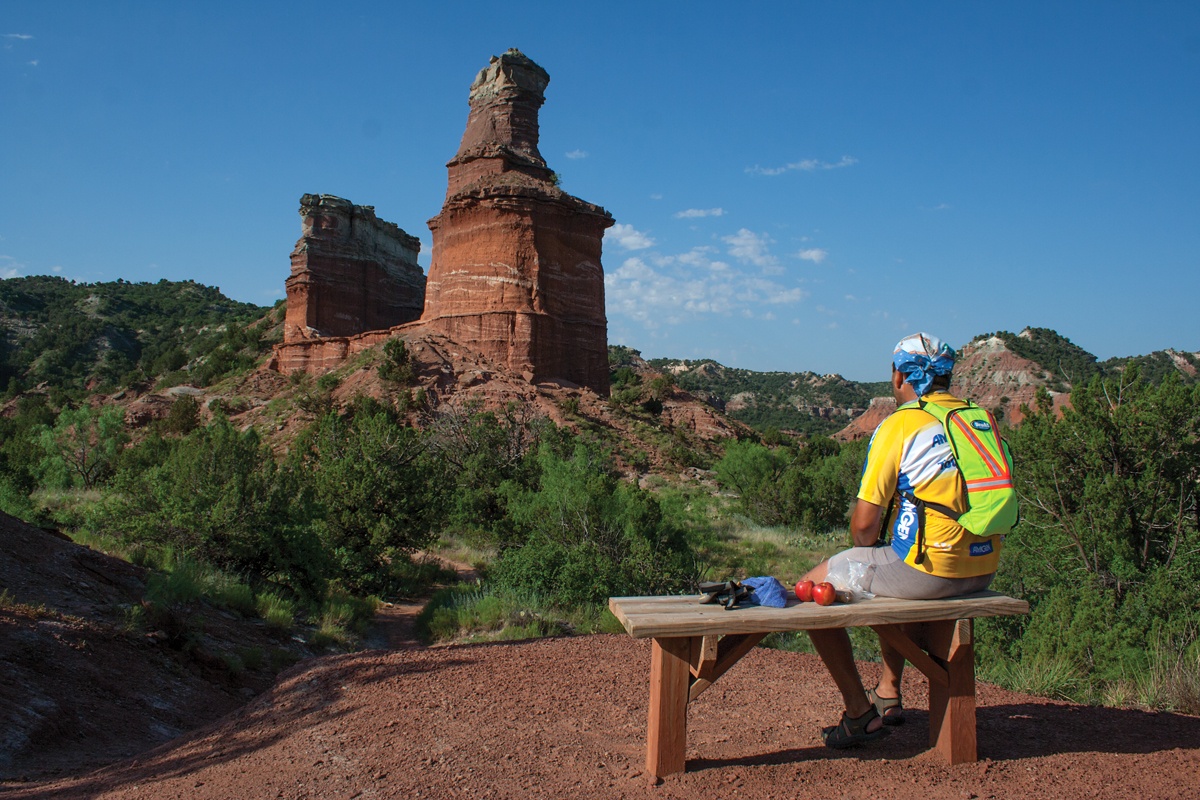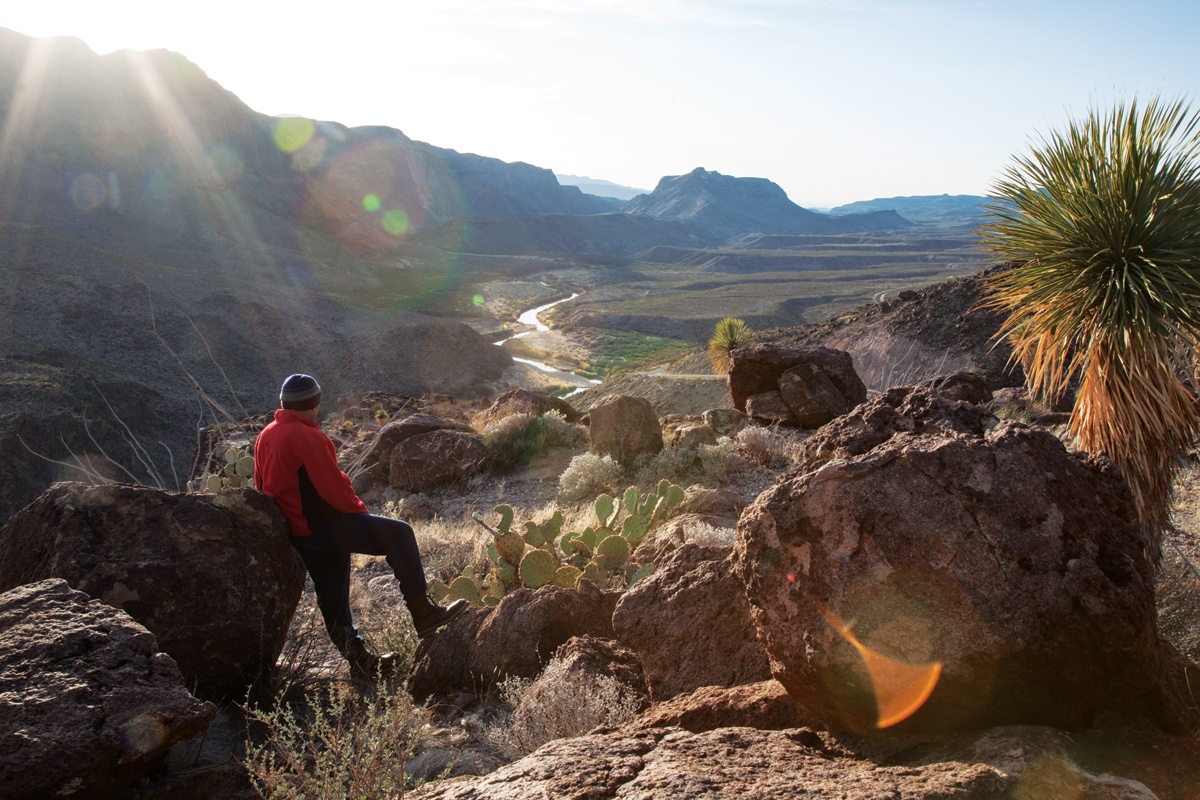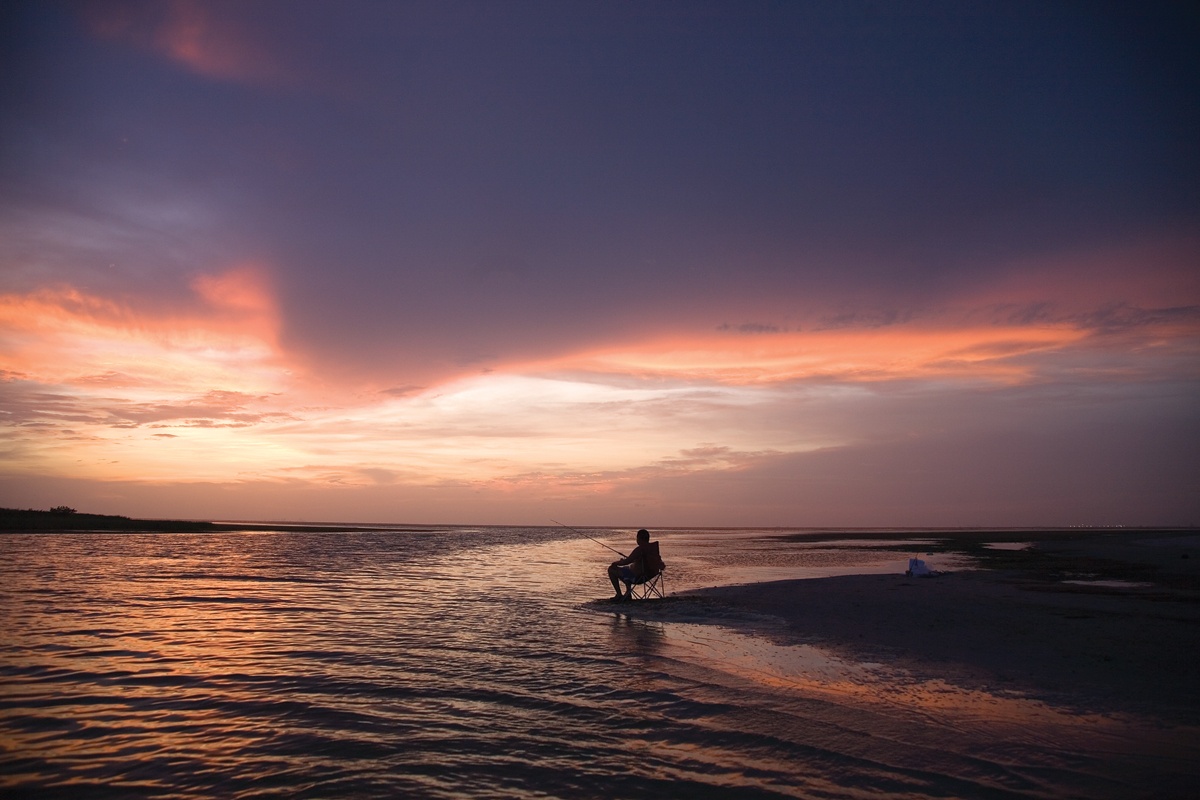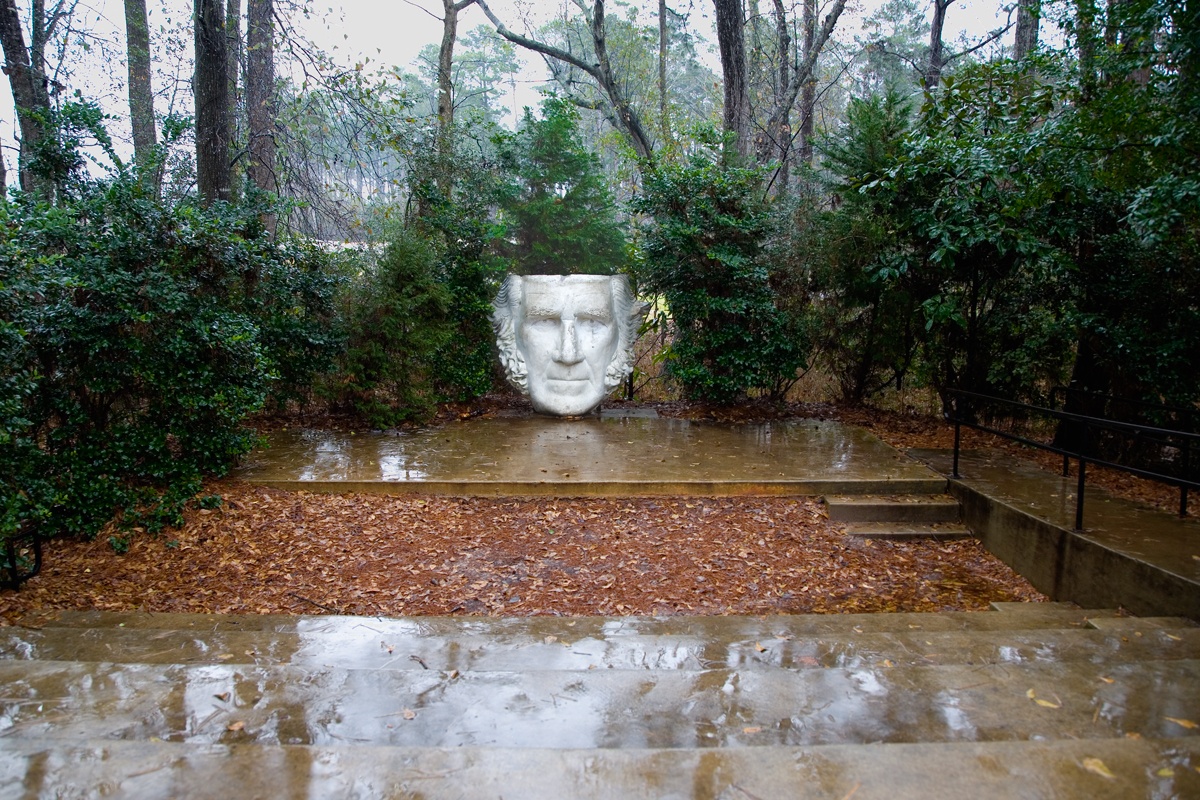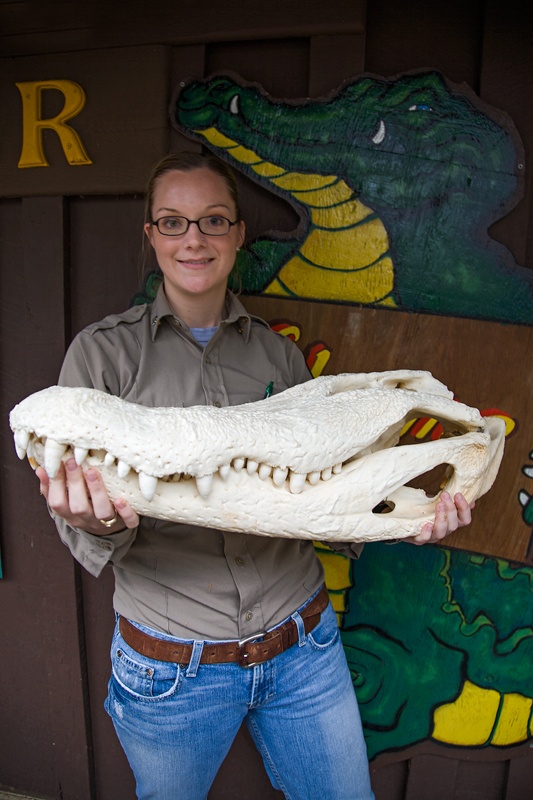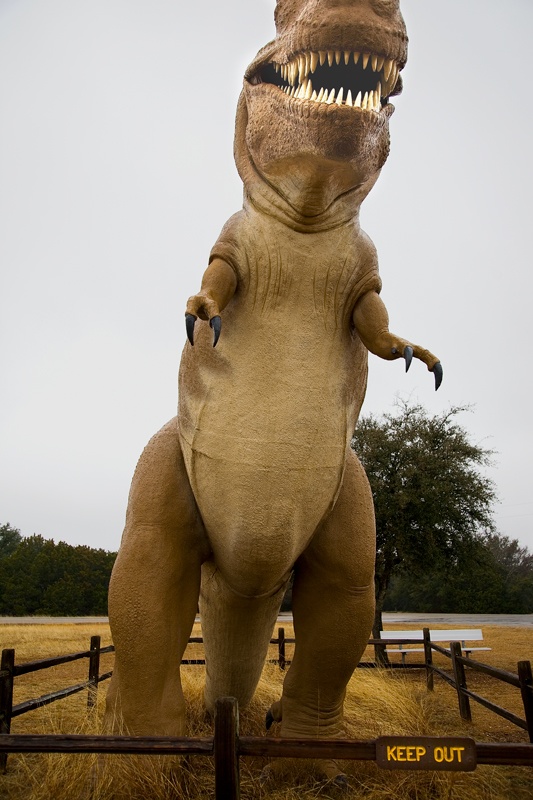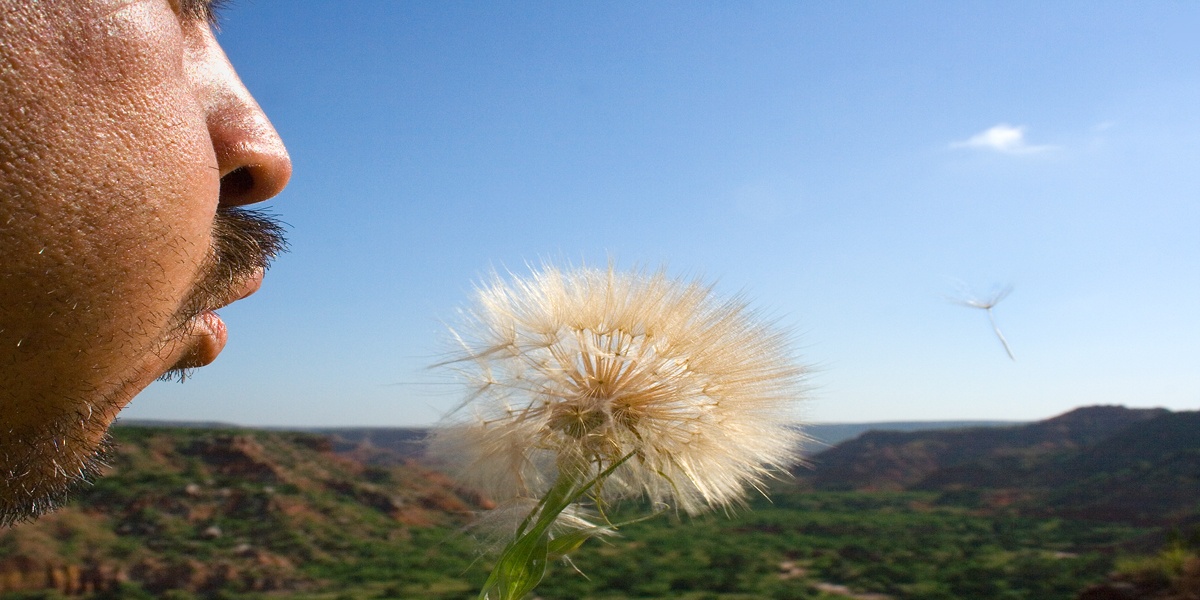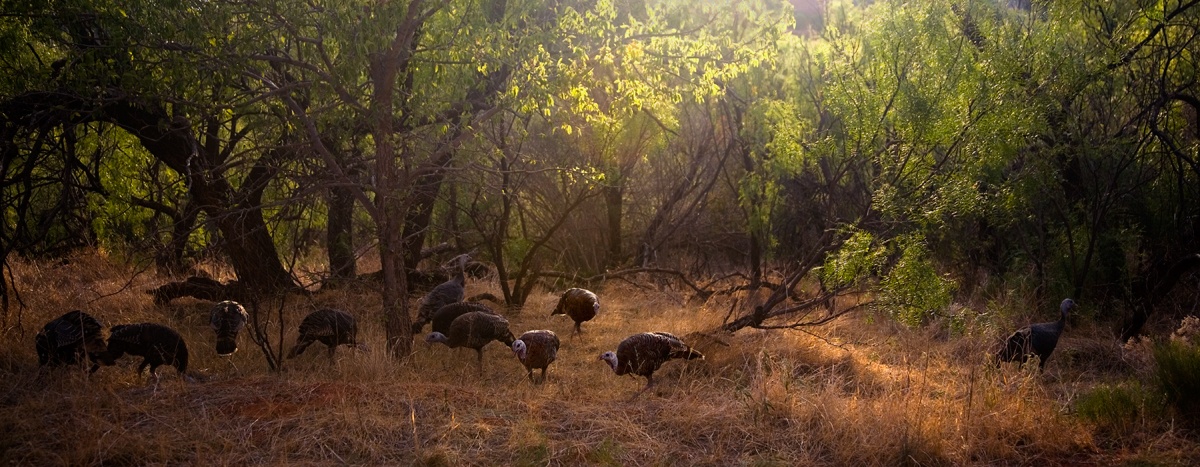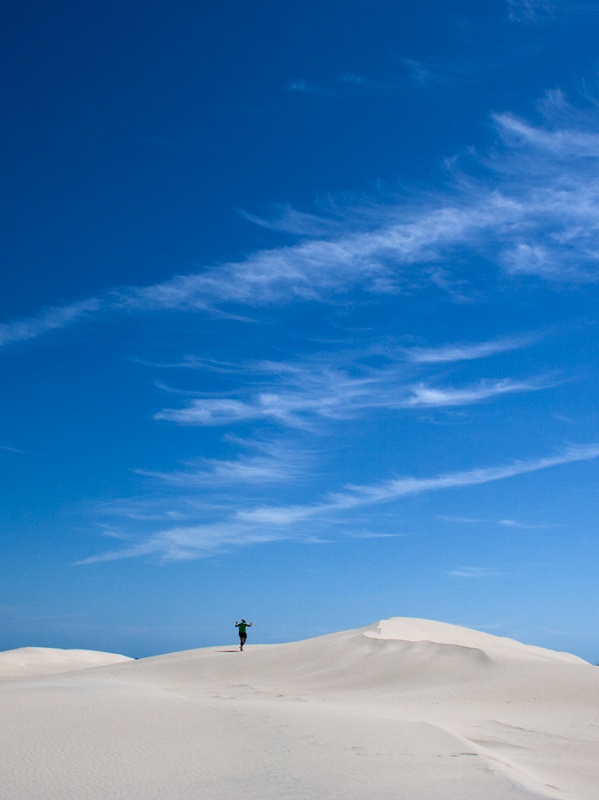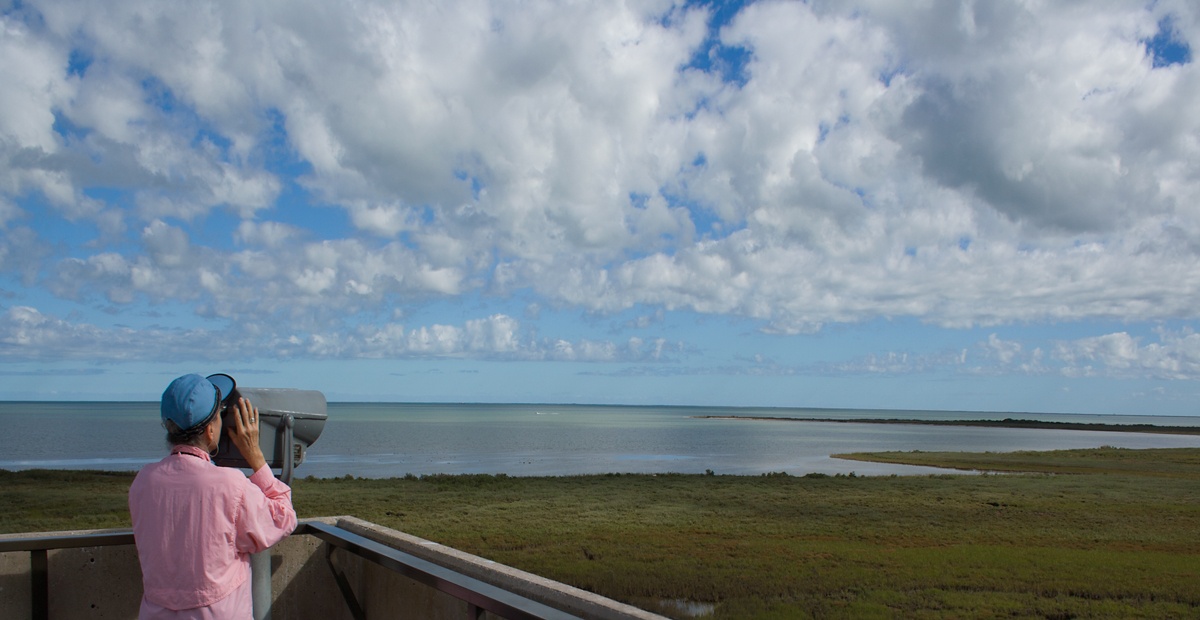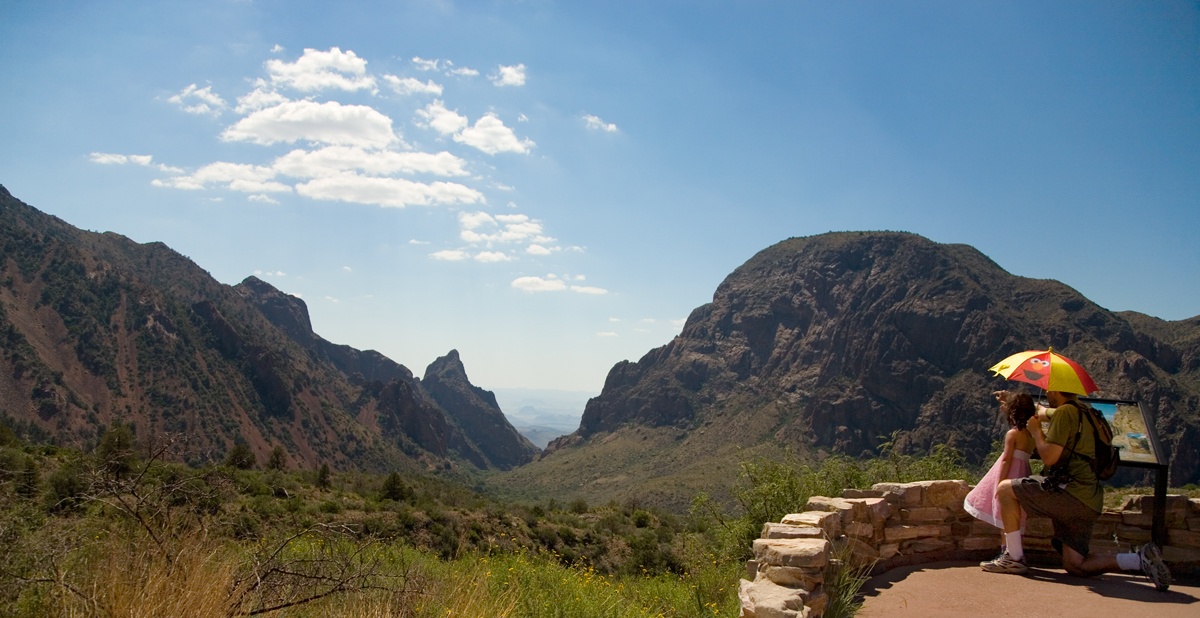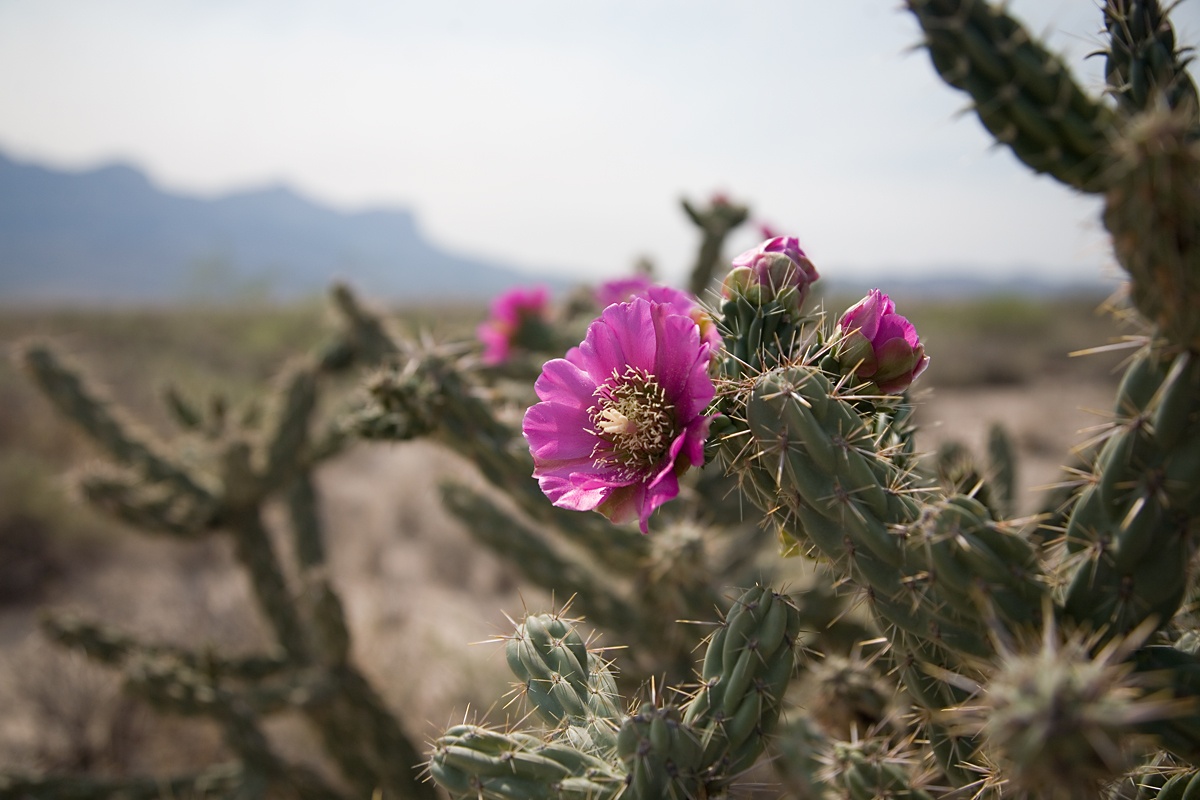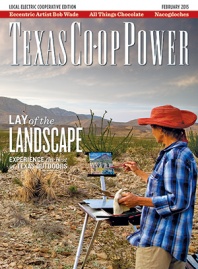The Texas landscape saves its best for those who take the time to stop and watch the rhythms of the natural world unfold. Pausing along the trail to examine the light revealing the details of a leaf, pulling off the roadway and stopping to admire a sweeping view or simply tracking the dawn-to-dusk migration of clouds from a cabin porch allows the observer to savor a rare moment that will never occur in quite the same way again.
Even though the human grasp on discovery and rational thought can explain most of nature’s mystery, spending time outdoors still allows us to observe the inexplicable magic of the landscape. The experience is both ephemeral and absolute. To truly enjoy the state’s natural landscapes requires patience.
Texans who exit the human-made world and enter the outdoors should do so with an understanding that they have left clock-time behind and are now moving through a world governed by a circadian force. Rain shadows, antelope bucks in battle, frost rings around a full moon, scouring dust devils, hawks kettling in migration: Witnessing these unique events is an opportunity to return to our genesis with eyes wide open. And we can achieve this simply by walking out into a wilder, natural state.
The Texas landscape is as vast and varied as the United States is across much of the rest of the nation. The state presents an amazing variety of ground for everyone who takes the time to explore it. How about sampling a little bit of it all?
Panhandle Plains
America’s Great Plains complete much of their southern expansion in the Texas Panhandle, a region of once-sweeping grasslands and dramatic eroded canyons. This is the home of the Llano Estacado, a semiarid plateau covering more than 30,000 square miles. “Llano Estacado” translates from Spanish as “staked or palisaded plain” and may refer to the abrupt drop the Llano makes off the Caprock Escarpment. Here the plains tumble down cliffs and into red rock canyons and fossil-filled valleys populated with antelopes, badgers, prairie dogs and wind-sculpted formations called hoodoos.
Check out the state’s most recognized hoodoo, the Lighthouse, a 312-foot high formation with National Natural Landmark status located along Palo Duro Canyon State Park’s Lighthouse Trail. The trail is a well-established 6-mile out-and-back where songbirds such as the painted bunting occupy the area’s riparian draws.
The final leg of the trail includes a short climb (courtesy of park-installed steps) before arriving at a bench ideal for enjoying your lunch and taking in a terrific view of the Lighthouse. Hoodoos, cliffs and rimrock abound, making a drive through the park an entertaining tax on the imagination.
East Texas Pine Forests
The coniferous-deciduous woodland, dominating the eastern section of the state, demarcates the edge of a grand forest extending into Louisiana, Arkansas and Oklahoma. Texas’ share of this region, the “Pineywoods,” offers a fascinating natural world complete with alligators, orchids, cypress swamps and acid bogs. Pockets of native environments can be found in one of several state parks, state forests and the Big Thicket National Preserve.
Huntsville State Park provides an ideal environment for exploring today’s East Texas forest. Drop by the park’s Nature Center for some of the natural history you might see in the park. Then meander along the Chinquapin Trail surrounding the 210-acre Lake Raven, the centerpiece of the park, where boardwalks assist hikers in crossing wetland areas. Watch for alligators!
Prairies and Lakes
As the name implies, the Prairies and Lakes area in the north-central region of the state encompasses rolling prairies (now dominated by agriculture) and fresh lakes. The region, historically covered with approximately 20,000 square miles of the Blackland Prairie, today represents a bucolic agrarian landscape that was once rampant with dinosaurs. Behold the evidence of this turn of events at Dinosaur Valley State Park, where an elbow of the Paluxy River exposes some of the finest dinosaur tracks in the state.
The park’s Nature Trail travels above the clear-running Paluxy, through juniper-oak woodlands and around a small open prairie. It will lead you to several dinosaur track sites where giant sauropods, the Acrocanthosaurus (a relative of Tyrannosaurus rex), and what is believed to be the Iguanodon did some trekking of their own—leaving only footprints.
Gulf Coast
The 367-mile stretch of the Texas Gulf Coast region combines beaches, dunes, marshes, bays, estuaries, prairies, lagunas and islands to form a nature-rich strip from Boca Chica, the southernmost tip of Texas, to the eastern border with Louisiana. The region features state parks, a national seashore and several national wildlife refuges—all of them open to seasonal visitors, including the endangered whooping crane. The Aransas National Wildlife Refuge is the wintering grounds for North America’s largest migratory flock of “whoopers.” From late October to mid-April, you can find crane families feeding in the saltwater marshes of the refuge along with a stunning number of other shorebirds.
The refuge’s observation tower provides a rare chance to glimpse whooping cranes. The deck of the observation tower offers a high-altitude view of the extensive saltwater marshes below. The refuge also features a 16-mile driving tour loop, providing opportunity to spot more than 390 bird species as well as javelina, white-tailed deer and bobcats.
Big Bend Country
Big Bend Country offers the greatest diversity to outdoors or nature enthusiasts simply because of its sheer size, remoteness and rough-hewn beauty. Two national parks, a federally designated wild and scenic river corridor, all 10 of the tallest peaks in the state, and the largest state park and state wildlife management area in Texas are here. The expanse, an impressive mix of habitats, extends from the Chihuahuan Desert lowlands along the rugged Rio Grande to the over 8,000-foot peak of El Capitan in the Guadalupe Mountains.
The Chisos Basin, in the heart of Big Bend National Park, offers a breathtaking introduction. Access to one of its best features requires an easy stroll on the Window View trail, where a comfortable respite awaits anyone in search of an inspiring landscape. This paved trail travels around a grassland hill to a view of the Window, the gap in the surrounding mountain walls that opens up to the desert floor below.
The park has provided benches where you can relax and watch the light color the Chisos palisades and the Chihuahuan Desert horizon. As night falls, stars poke through an indigo sky, and the true enormity of the Texas landscape becomes clear.
“I am a nobody,” said Juan Diego, the 16th-century visionary who spent much of his life in the natural world. “I am a small rope, a tiny ladder, the tail end, a leaf.”
——————–
Photographer, author and artist E. Dan Klepper lives and works in Marathon.
